|
17th November 2019 Sunday lunch time has rolled around and we're at 'The Sovereigns' in Woking. The 50 Fathoms hiatus continues. Today we played 'Concordia' Concordia is a resource gathering and economic expansion game set in the Roman era Mediterranean and surrounding areas. Ah, where would 'euro style' games be without the Roman era Mediterranean? Probably set even more in Renaissance Europe! What's in a game? Concordia has quite a lot of components.
It's worth mentioning the games resource tokens, normally it would be typical for the components to be coloured wooden blocks. Not so in Concordia, the tokens are shaped like the resource they represent. Thus the brick tokens look like clay bricks, wine tokens look like wine jugs and so on. It's a nice touch. Hows it play? Concordia has a fairly detailed setup. So, here we go.
The very basics of Concordia are simple: The active player plays a card from their hand carries out the action(s) listed on it. Personality cards can be acquired which perform other actions or are better versions of the starter cards. The starter cards are:
There are more types of cards available in the personality deck. There are specialist cards for each type of resource that allows the player possibly gain extra resources. There are also improved versions of starter cards and cards that make certain actions easier to perform. There are some more rules, but this is the gist of it Endgame There are 2 ways to trigger the endgame. If all the personality cards are bought or if a player builds or their houses. Then the final round is completed. Scoring is quite detailed and involved, in fact almost convoluted. All cards are attributed to 1 of 6 Roman gods such as Saturn, Jupiter, Mars etc. Each 'god' is scored differently: Mars for example, will score a player 2 victory points per meeple they have on the board per Mars card. All victory points are tallied, highest score wins. Overall
Here's the thing, I quite like Concordia, but I can't put my finger on exactly why? Maybe it's because it's a game about expansion and empire building, but a mercantile empire and not a military one. There is no direct conflict and the worse you can do to another player is to buy a personality card they want, or maybe block a route they want to use. It's all feels very 'eurogame'. Or maybe it's the deck building element. I feel there's something engrossing about having limited actions and needing to optimise strategies accordingly. Thinking about it, if there was too much direct competition between players, the deck building and planning wouldn't work so well within the game. Finally, I thought I would mention the scoring. Because there's 6 different ways to score, it's almost as if you don't need to think about the scoring and can just concentrate on building up your trade empire and let the points take care of themselves. But anyway, all in all, Concordia is a game I enjoy playing.
0 Comments
Leave a Reply. |
AuthorI play, I paint. Archives
March 2024
Categories
All
|

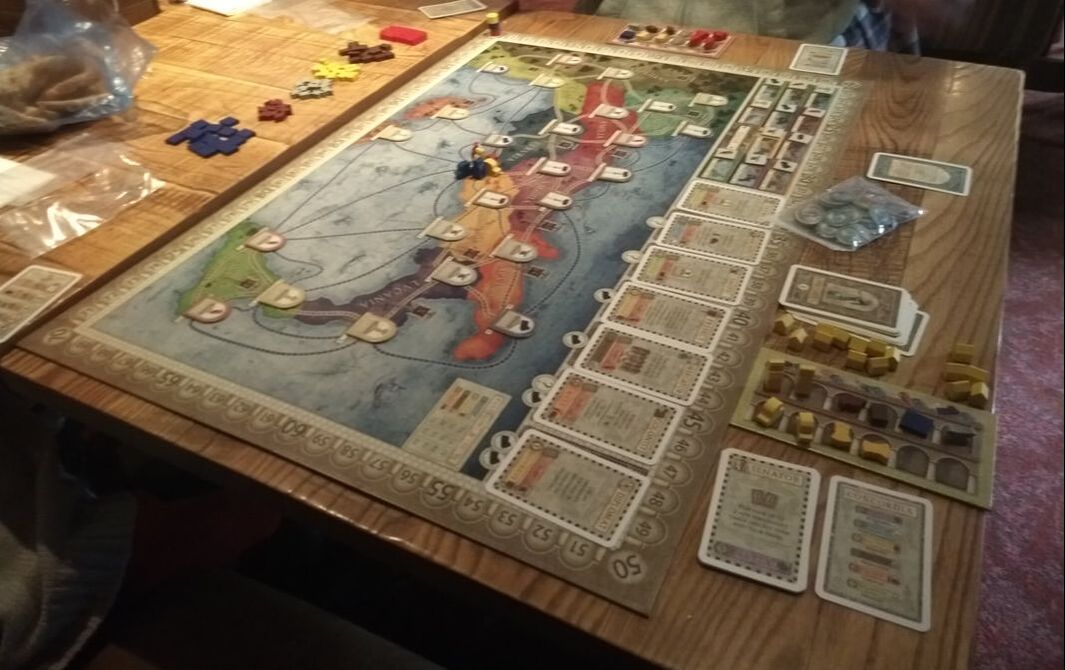
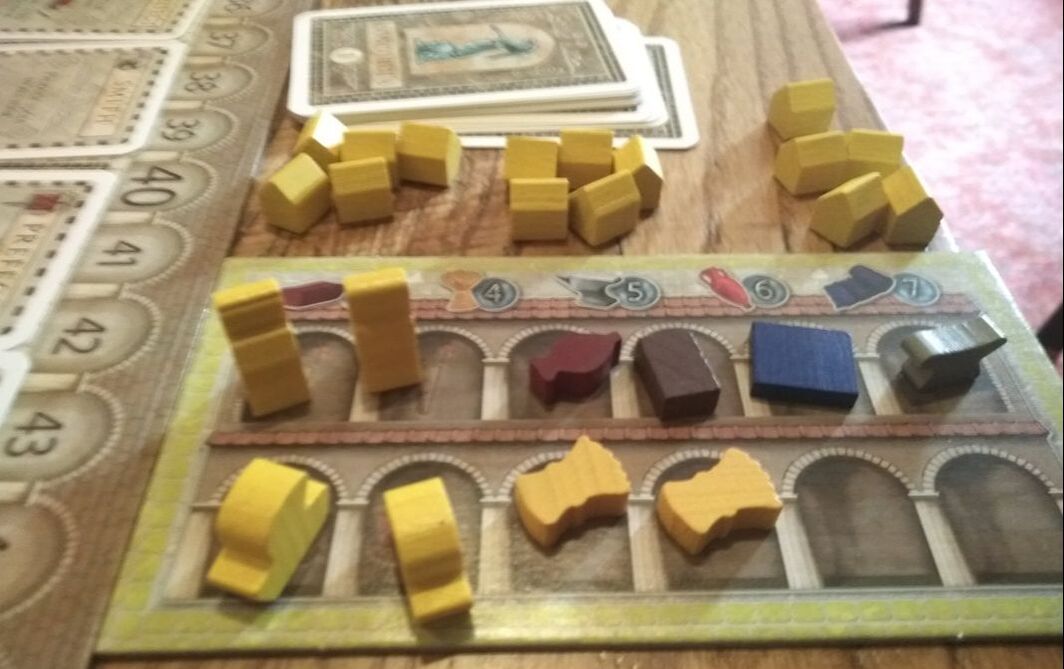
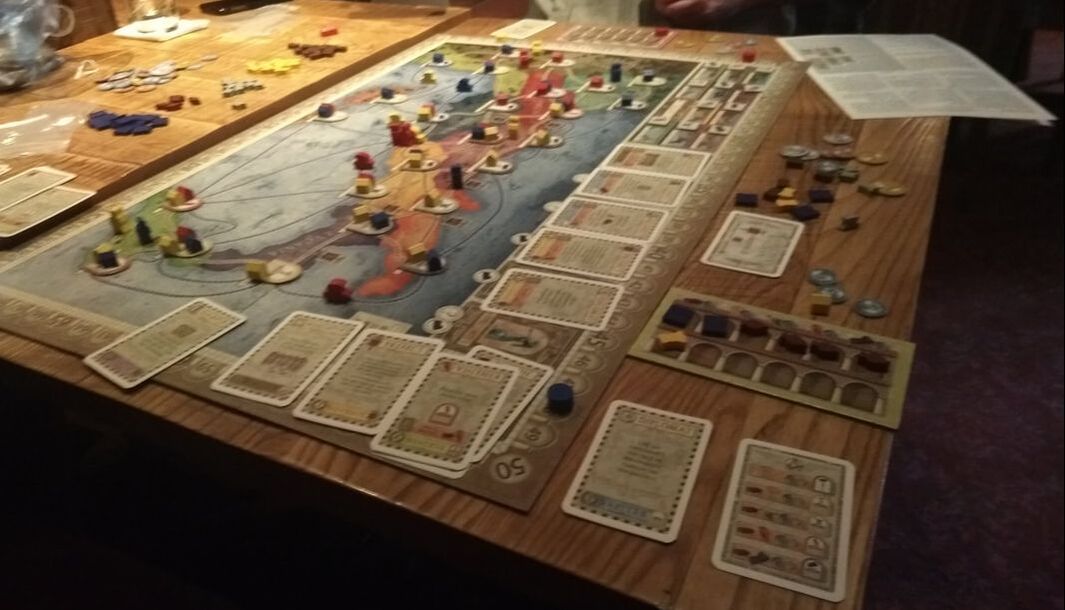
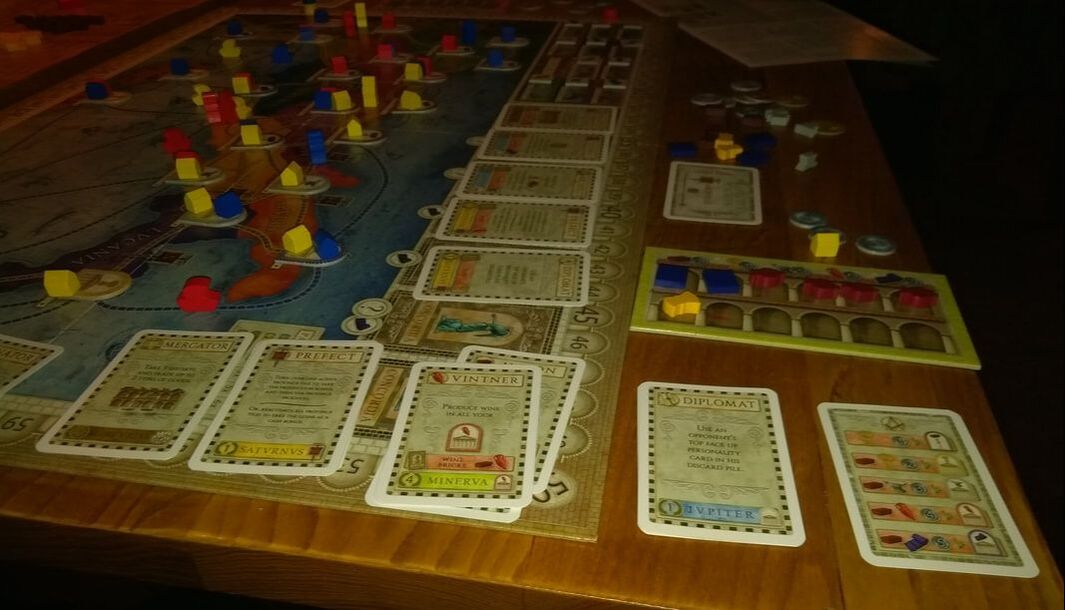
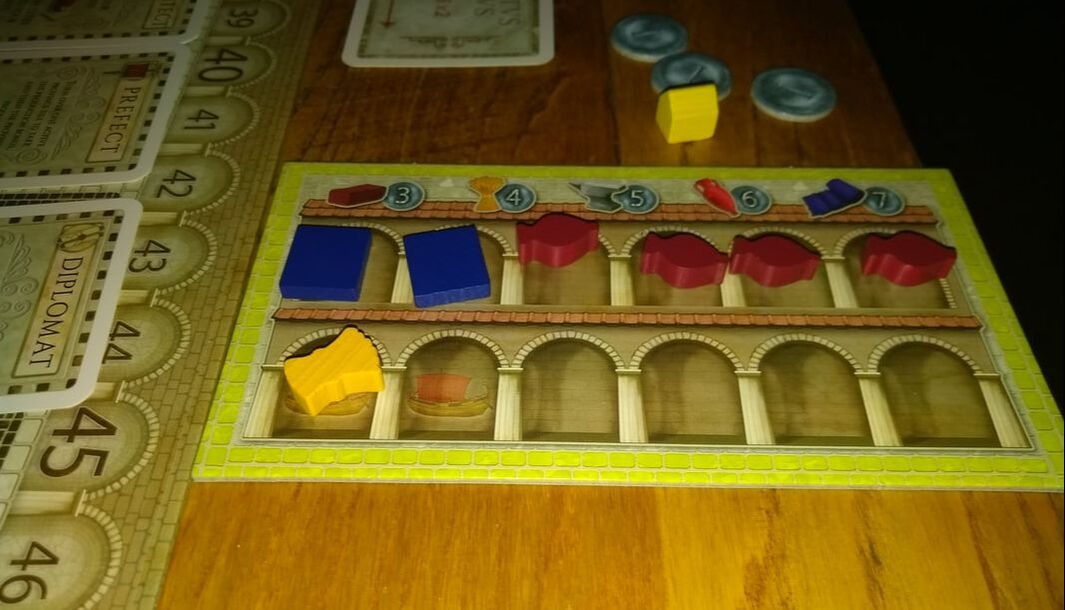
 RSS Feed
RSS Feed
